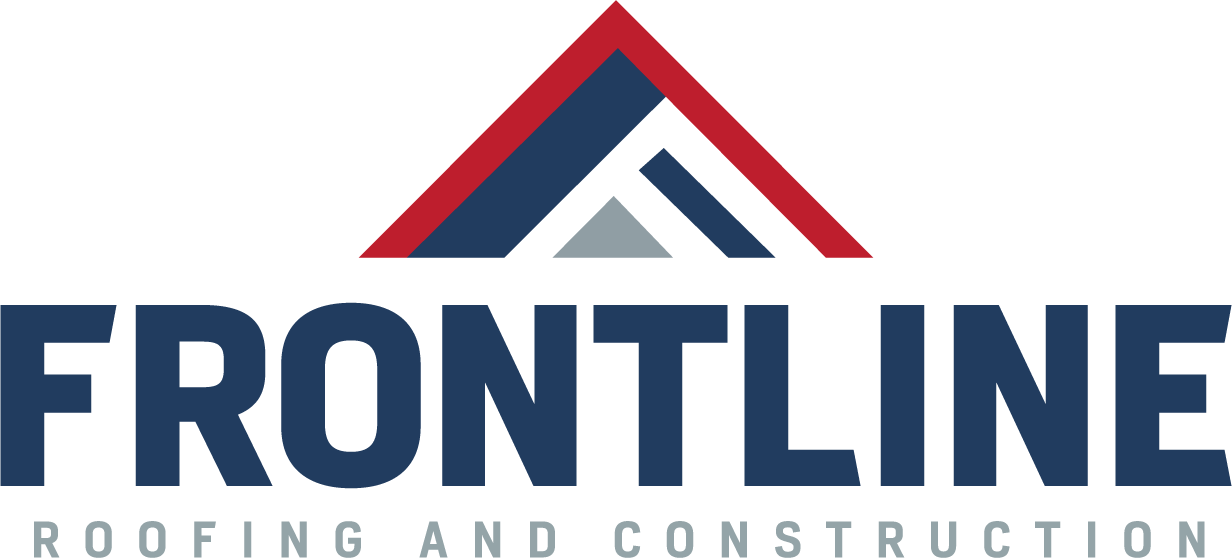Residential Roofing vs. Commercial Roofing: Key Differences Explained
When it comes to roofing, one size definitely doesn’t fit all. If you’ve ever driven past a sleek corporate office with a flat roof and then admired a cozy home with a pitched roof and shingles, you’ve already seen how different roofing can be based on the type of building.
But beyond what meets the eye, there are deeper distinctions between residential roofing and commercial roofing—differences that affect everything from materials and installation to cost and maintenance.
Whether you’re a homeowner, a business owner, or somewhere in between, understanding these differences can help you make smarter decisions for your property. Let’s break it all down and help you figure out which roofing solution is right for you—with insights from the experts at Frontline Roofing & Construction.
1. Design: The Foundation of All Differences
Perhaps the most obvious difference lies in the design.
Residential roofs are typically sloped or pitched, designed to shed rainwater and snow quickly. This also gives the home an aesthetically pleasing profile. These roofs are visible from the street, so appearance plays a big role in material choice and styling.
On the flip side, commercial roofs are usually flat or low-slope. This design accommodates large HVAC systems, solar panels, or even rooftop gardens. While they may not be as visible, commercial roofs are built with functionality and accessibility in mind.
2. Materials: Appearance vs. Performance
The material you choose depends heavily on whether the roof is residential or commercial.
Residential roofing materials often include:
Asphalt shingles (most popular)
Wood shakes
Tile
Slate
Metal panels (increasingly popular)
These materials are chosen for looks, ease of installation, and durability.
Commercial roofing materials prioritize performance and are often:
TPO (thermoplastic polyolefin)
EPDM (ethylene propylene diene terpolymer)
PVC
Modified bitumen
Built-up roofing (BUR)
Metal (especially on sloped commercial buildings)
These materials are selected for their weather resistance, energy efficiency, and low maintenance.
3. Installation Process: Complexity Matters
Residential roofing is generally quicker and easier to install. It often takes a few days to complete and involves lighter materials. Contractors usually use simple scaffolding or ladders to access the roof.
Commercial roofing, by contrast, involves complex logistics. It often requires cranes, welding equipment, and larger crews. The installation process can stretch over weeks due to the size of the building and the specialized materials involved.
Plus, commercial roofing must often comply with stricter building codes and fire regulations.
4. Maintenance & Inspections: Ongoing Care
No matter the type, roofs need regular maintenance to extend their lifespan.
Residential roofs usually require visual inspections, clearing debris from gutters, and replacing the occasional shingle.
Commercial roofs demand more proactive care:
Checking for membrane punctures
Monitoring drainage systems
Cleaning rooftop HVAC areas
Regular inspections for seams and flashings
Because commercial roofs are flat, they’re more susceptible to water pooling, which can lead to leaks or structural issues if left unattended.
At Frontline Roofing & Construction, we offer tailored maintenance programs for both residential and commercial clients to catch issues before they become costly problems.
5. Cost: Size, Material, and Labor Drive the Price
Cost is another significant difference—and it’s not just about square footage.
Residential roofing is generally less expensive because:
It covers a smaller area
It uses lighter, more cost-effective materials
It has a shorter installation time
Commercial roofing, however, can be more costly due to:
Larger surface areas
Higher material costs for commercial-grade membranes
Complex installation and safety considerations
That said, commercial roofs often have a longer life span and lower long-term maintenance costs—making them a solid investment for businesses.
6. Lifespan and Durability
Most residential roofs last anywhere from 20–30 years depending on the material, with asphalt shingles on the lower end and slate or tile on the higher end.
Commercial roofs, especially those made with TPO or EPDM, can last 20–40 years with proper care. Their membranes are engineered to withstand weather extremes and foot traffic, making them ideal for high-demand environments.
7. Repairs: Who You Call Matters
For both home and business owners, when something goes wrong with your roof, it’s not a DIY situation.
Residential repairs may involve replacing a few shingles or patching a leak.
Commercial roof repairs might mean resealing seams, reinforcing membranes, or repairing a drainage issue—tasks that require specialized knowledge and tools.
That’s where Frontline Roofing & Construction comes in. Our team is trained in both residential and commercial roofing systems. We diagnose the issue quickly, recommend solutions, and get your roof back to peak performance—fast.
Which One Is Right for You?
If you’re building or renovating a property, your roof isn’t just a cap—it’s a shield. Your choice of roofing depends on the type of building, your budget, and how long you plan to use the structure.
Residential roofs win for curb appeal, simplicity, and affordability. Commercial roofs dominate when it comes to size, function, and durability.
At Frontline Roofing & Construction, we bring years of experience and the right solutions for every kind of roof. Whether you need a new installation, a quick repair, or a full replacement, our team is here to help.
Conclusion: Let Frontline Handle the Hard Part
Understanding the differences between residential and commercial roofing is more than just an academic exercise—it’s the first step to making smart decisions for your home or business. From the materials used to the installation techniques and maintenance schedules, each type of roof has its own unique needs.
But you don’t have to figure it all out alone.
Frontline Roofing & Construction has the experience, the team, and the tools to handle any roofing project, big or small. Our commitment to quality and customer service makes us the first call you should make when it’s time to protect what matters most—your property.
Ready to get started?
Contact Frontline Roofing & Construction today for a free consultation and expert advice on your next residential or commercial roofing project. We’ve got you covered—literally.
Call us now to schedule your appointment!


